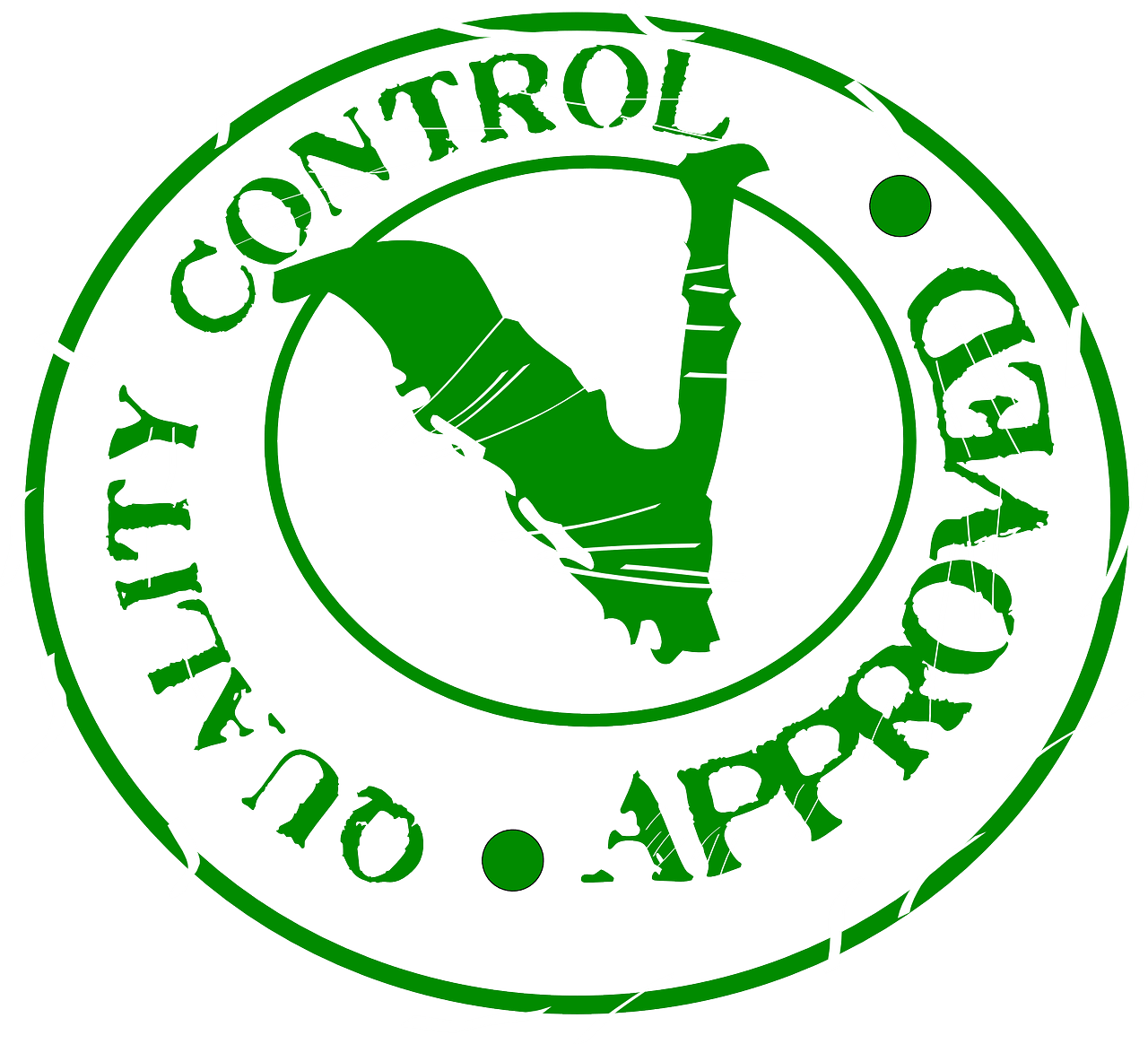QMS Overview
A robust quality management system is paramount for medical device and pharmaceutical manufacturers to ensure the safety, efficacy, and reliability of their products.
U.S. Food and Drug Administration (FDA) requirements for medical device manufacturers are codified in Title 21 of the Code of Federal Regulations part 820 (21 CFR 820), authorized by federal law section 520(f) of the Federal Food, Drug, and Cosmetic Act. International requirements for medical device manufacturers are documented in ISO standard 13485.
FDA requirements for pharmaceutical manufacturers are listed in 21 CFR parts 210 and 211.
Following are some reasons why having a quality system is so crucial:
Patient safety
The primary concern for any healthcare product is patient safety. A quality system ensures that products meet stringent safety standards throughout the manufacturing process, from raw material sourcing to distribution. This helps mitigate the risk of harm to patients and reduces the likelihood of adverse events.
Product efficacy
Beyond safety, products must also be effective in treating or diagnosing medical conditions. A quality system ensures that products consistently meet their intended performance specifications. This reliability is critical for achieving positive patient outcomes and maintaining trust in the medical community.
Compliance with regulatory requirements
Regulatory bodies, such as the FDA in the United States or the European Medicines Agency (EMA) in Europe, have strict requirements for medical devices and pharmaceuticals. A quality system helps manufacturers adhere to these regulations, which are designed to safeguard public health and ensure product quality and consistency. Failure to comply can result in severe penalties, including product recalls, fines, and legal action.
Competitive advantage
Beyond regulatory compliance, a strong quality system can provide a competitive edge in the marketplace. Demonstrating a commitment to quality and safety can enhance brand reputation, increase customer trust, and differentiate products from competitors. In industries where trust and reliability are paramount, a robust quality system can be a significant selling point.
Elements of a Quality System
A quality system encompasses the organizational structure, procedures, processes, and resources needed to ensure that products or services consistently meet customer requirements and regulatory standards. Here are the key elements of a quality system:
Quality policy
A quality policy is a statement of an organization’s commitment to quality, typically endorsed by top management. It sets the overarching goals and principles for the organization’s quality management efforts.
Quality objectives
Quality objectives are specific, measurable goals that support the organization’s quality policy. These objectives should be aligned with the organization’s strategic goals and used to drive continuous improvement.
Organizational structure
The organizational structure defines the roles, responsibilities, and relationships within the organization regarding quality management. This includes designating individuals or teams responsible for quality assurance, quality control, and regulatory compliance.
Document control
Document control ensures that all quality-related documents, including policies, procedures, work instructions, and records, are managed, controlled, and maintained in a systematic manner. This ensures that employees have access to the most current and accurate information.
Training and competence
Training and competence programs ensure that personnel have the necessary skills, knowledge, and expertise to perform their roles effectively. This may include initial training, ongoing education, and competency assessments.
Supplier management
Supplier management involves evaluating, selecting, and monitoring suppliers and contractors to ensure that they meet quality requirements and contribute to the organization’s ability to deliver quality products or services.
Process management
Process management focuses on defining, implementing, and continually improving the processes used to deliver products or services. This includes identifying key processes, establishing process controls, and monitoring process performance.
Risk management
Risk management involves identifying, assessing, and mitigating risks that could affect product quality, safety, or regulatory compliance. This may include conducting risk assessments, implementing risk controls, and monitoring risk throughout the product lifecycle.
Manufacturing processes inherently involve risks, such as contamination, equipment failures, or human error. A quality system incorporates risk management processes to identify, assess, and mitigate these risks throughout the product lifecycle. By proactively addressing potential issues, manufacturers can minimize the likelihood of quality deviations and adverse events.
Quality assurance
Quality assurance activities ensure that products or services meet specified requirements and conform to established quality standards. This may include quality planning, inspections, audits, and compliance verification.
Quality control
Quality control activities involve monitoring and verifying product quality through inspections, testing, and other evaluation methods. This helps identify and correct defects or non-conformities before products are released to customers.
Measurement and analysis
Measurement and analysis involve collecting and analyzing data to evaluate process performance, product quality, and customer satisfaction. This may include the use of key performance indicators (KPIs), statistical analysis, and customer feedback.
Continuous improvement
Quality systems are not static; they require ongoing monitoring, evaluation, and improvement. By implementing mechanisms for feedback, corrective actions, and preventive measures, manufacturers can identify areas for enhancement and optimize their processes over time. This commitment to continuous improvement ensures that products evolve to meet changing regulatory requirements and customer needs.
Continuous improvement is often facilitated through methodologies such as Lean, Six Sigma, or the Plan-Do-Check-Act (PDCA) cycle, involves identifying opportunities for improvement and implementing changes to enhance quality, efficiency, and effectiveness.
Integration of key elements
By integrating these key elements into a cohesive quality management system, organizations can establish a culture of quality, drive continuous improvement, and consistently deliver products or services that meet or exceed customer expectations.
Summary
In summary, a quality system is the foundation of a medical device or pharmaceutical manufacturer’s operations. It ensures that products meet rigorous standards for safety, efficacy, and reliability, while also enabling compliance with regulatory requirements and fostering continuous improvement.
By prioritizing quality throughout the manufacturing process, manufacturers can safeguard patient health, maintain regulatory compliance, and position themselves for long-term success in the healthcare industry.

